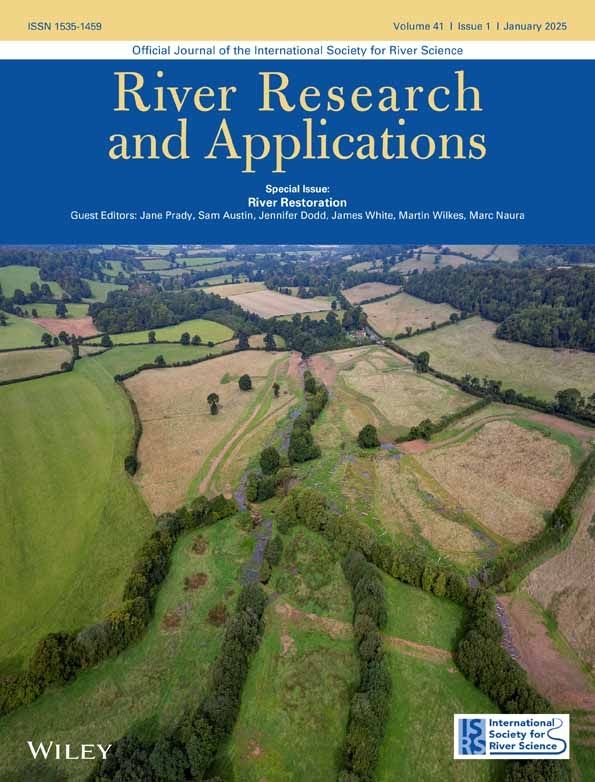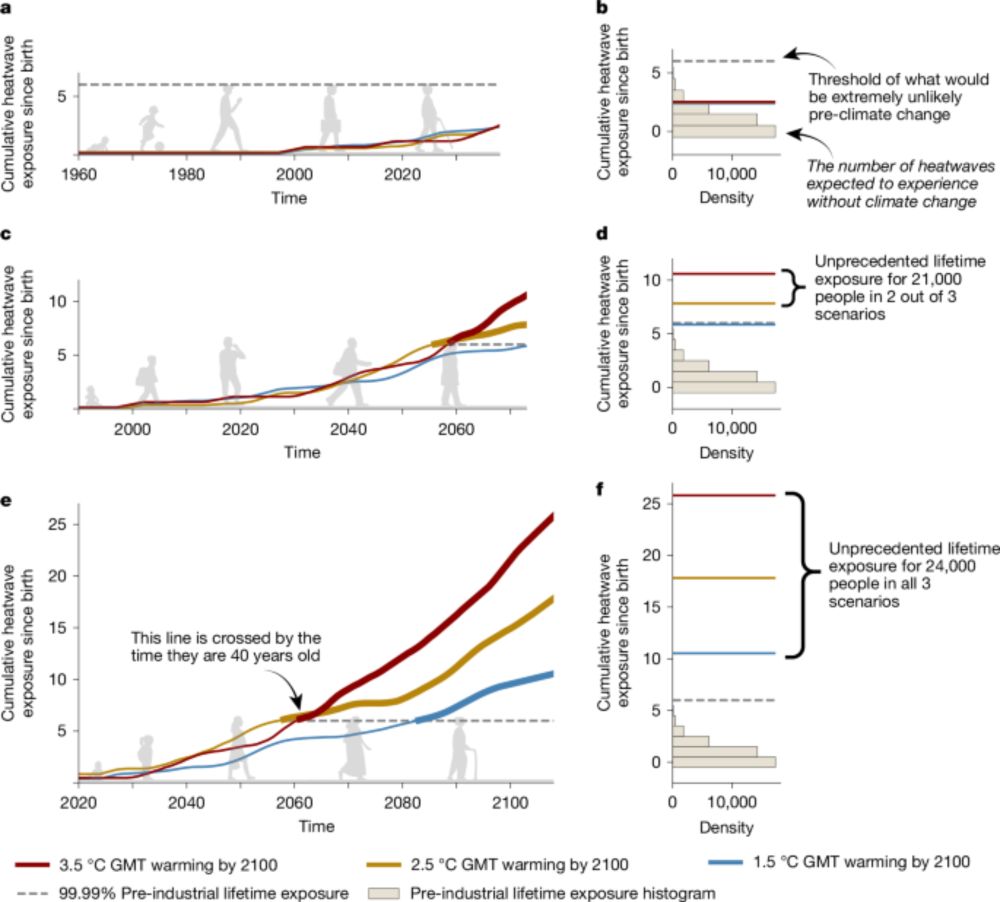
onlinelibrary.wiley.com/doi/full/10....

How do invasive species & climate change impact medicinal plants? What does that mean for conservation in one of South Africa’s most biodiverse regions?
👇 More info below
How do invasive species & climate change impact medicinal plants? What does that mean for conservation in one of South Africa’s most biodiverse regions?
👇 More info below
Here students can play (even from their phones) and find out themselves how the p-value depends on sample size
pakillo.github.io/LM-GLM-GLMM-... #rstats

Here students can play (even from their phones) and find out themselves how the p-value depends on sample size
pakillo.github.io/LM-GLM-GLMM-... #rstats
www.sciencedirect.com/science/arti...

www.sciencedirect.com/science/arti...
here, we operationalize the river corridor of a headwater Coastal Plain network into hydrogeomorphic features to characterize hydrologic connectivity across dimensions
check it out here: doi.org/10.1029/2024...


Learn more in @eos.org: buff.ly/kDOOFIS
#Ecology #Forestry #Hydrology #EarthScience @reviewsgeophysics.bsky.social

Learn more in @eos.org: buff.ly/kDOOFIS
#Ecology #Forestry #Hydrology #EarthScience @reviewsgeophysics.bsky.social
In a new paper, we expand the concept & offer testable hypotheses: redpath-staff.mcgill.ca/ricciardi/Ri...

In a new paper, we expand the concept & offer testable hypotheses: redpath-staff.mcgill.ca/ricciardi/Ri...
⬆️ Human induced warming now at 1.36C
⬆️ Rate of warming now 0.27C / decade
⬆️ Sharp increase in Earth's energy imbalance
⬇️ Remaining 1.5C carbon budget only 130 GtCO2
essd.copernicus.org/...

⬆️ Human induced warming now at 1.36C
⬆️ Rate of warming now 0.27C / decade
⬆️ Sharp increase in Earth's energy imbalance
⬇️ Remaining 1.5C carbon budget only 130 GtCO2
essd.copernicus.org/...

In our new Ecological Monographs paper, we show that 🪲macroinvertebrate key taxa drive decomposition, while #FunctionalDiversity reduces decomposition #variability! Network-scale #BEF in action, check it out!
doi.org/10.1002/ecm....

In our new Ecological Monographs paper, we show that 🪲macroinvertebrate key taxa drive decomposition, while #FunctionalDiversity reduces decomposition #variability! Network-scale #BEF in action, check it out!
doi.org/10.1002/ecm....
joom.ag/mIjd

joom.ag/mIjd
www.nature.com/articles/s41...

www.nature.com/articles/s41...
Learn more in @eos.org : buff.ly/7bsX8Y8
#Agriculture #Crops #Farming #Soil #ClimateChange #STEM @reviewsgeophysics.bsky.social

Learn more in @eos.org : buff.ly/7bsX8Y8
#Agriculture #Crops #Farming #Soil #ClimateChange #STEM @reviewsgeophysics.bsky.social
onlinelibrary.wiley.com/doi/full/10....

onlinelibrary.wiley.com/doi/full/10....
@waynedawsoneco.bsky.social @jahardwick.bsky.social

@waynedawsoneco.bsky.social @jahardwick.bsky.social
www.sciencedirect.com/science/arti...

www.sciencedirect.com/science/arti...
onlinelibrary.wiley.com/share/author...
onlinelibrary.wiley.com/share/author...
onlinelibrary.wiley.com/doi/full/10....

In our paper we present a framework for the study and management of rivers which emphasises lateral connectivity.
#floodplainconnectivity #riverrestoration
Link to paper shorturl.at/ri3lA
In our paper we present a framework for the study and management of rivers which emphasises lateral connectivity.
#floodplainconnectivity #riverrestoration
Link to paper shorturl.at/ri3lA
www.nature.com/articles/nbt...
www.nature.com/articles/nbt...
This is a set of simulations for four different precipitation rates. Dark blue indicates larger flood extents for higher precipitation rates. Soon available for #TopoToolbox, too.
This is a set of simulations for four different precipitation rates. Dark blue indicates larger flood extents for higher precipitation rates. Soon available for #TopoToolbox, too.



